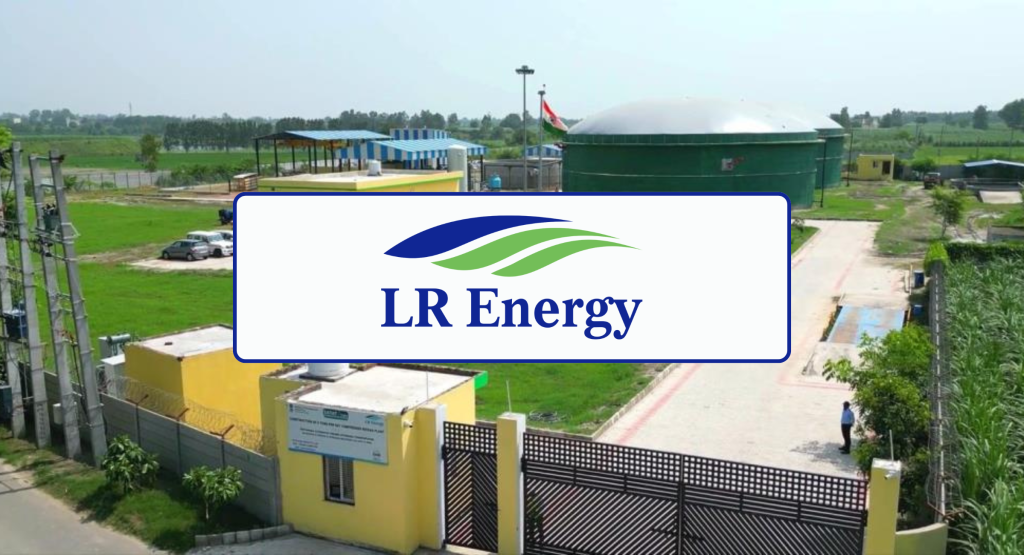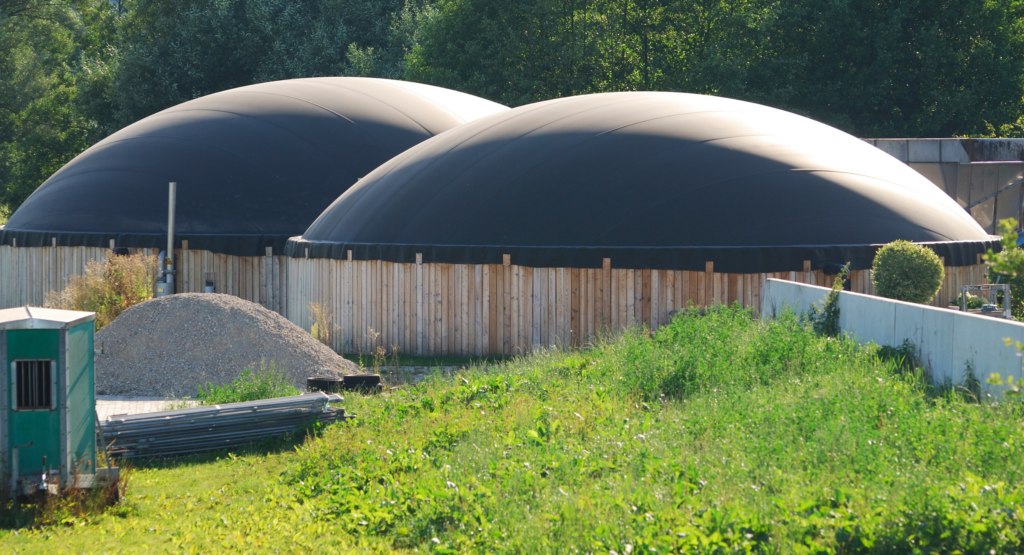The Growing Landscape of Bio-CNG in India

The Growing Landscape of Bio-CNG in India: Opportunities, Challenges, and the Path Forward
Authored by Ekasjyot Singh Barara – Co Founder & Director Growth and Innovation at LR Energy
As India continues its journey towards energy independence and sustainable development, the Bio-CNG (Compressed Biogas) sector has emerged as a crucial player in the country’s renewable energy landscape. With the potential to produce up to 62 million tons of Bio-CNG annually from organic waste, the sector is poised to make significant contributions to India’s energy mix. Government initiatives like the Sustainable Alternative Towards Affordable Transportation (SATAT) aim to establish over 5,000 Bio-CNG plants by 2030, underscoring the critical role of Bio-CNG in reducing energy import dependence and promoting rural development.
The Evolution of the Bio-CNG Sector in India
The Bio-CNG industry in India has witnessed significant growth, driven by various government policies and milestones that have shaped its trajectory. The first standard on Biogas (IS 16087: 2013) marked a key milestone, followed by revisions and the inclusion of Bio-CNG as a transport fuel. Initiatives like the Swachh Bharat Mission (SBM) and the National Policy on Biofuels have further propelled the sector. These efforts, coupled with the SATAT initiative and other government schemes, have laid a strong foundation for the widespread adoption of Bio-CNG across India.
Current Market Landscape and Economic Impact
Today, the Bio-CNG industry in India is characterized by a diverse array of players, ranging from large-scale industrial producers to smaller, regionally focused companies. The economic impact of the sector is profound, contributing to employment generation, rural development, and the reduction of fossil fuel imports. The sector’s growth is not just limited to economic metrics; it also plays a vital role in improving waste
management and supporting a circular economy by converting agricultural residue, food waste, and other biomass into clean energy.
Challenges and Opportunities in the Bio-CNG Sector
Despite its potential, the Bio-CNG sector faces several challenges that must be addressed to unlock its full potential. High production costs, infrastructure limitations, and the need for standardization are significant hurdles. Ensuring a consistent supply of feedstock remains a critical issue, with price fluctuations posing a threat to long-term viability. Financial constraints are also a barrier, with limited access to affordable financing from private sector banks. Additionally, the lack of a single window for obtaining necessary approvals complicates project development and can lead to delays.
However, the sector is also ripe with opportunities. Emerging trends indicate strong potential for expansion in both rural and urban markets. Advances in production technologies, such as anaerobic digestion and water scrubbing, are enhancing efficiency and reducing costs. Government support through policies, incentives, and schemes like the GOBARdhan initiative and the National Bioenergy Programme are paving the way for future growth. The integration of Bio-CNG with other renewable energy sources, along with international best practices, offers a pathway for the sector to overcome current challenges and thrive.
Government Support and Policy Framework
The Indian government has been proactive in supporting the Bio-CNG sector through a comprehensive policy framework. Oil Marketing Companies like the Indian Oil Limited, Gail India Limited and others have been tasked to procure the the Bio-CNG from producers.
Schemes like the National Bioenergy Programme provide financial assistance to project developers, while the Market Development Assistance (MDA) scheme incentivizes the sale of Fermented Organic Manure (FOM). The SATAT scheme, with its mandatory blending obligations, is set to further boost Bio-CNG production by FY 2025- 26. Other initiatives, such as the GOBARdhan Scheme and the New National Biogas and
Organic Manure Programme (NNBOMP), offer financial support and facilitate the establishment of biogas plants across the country.
Technology, Innovation, and Success Stories
Innovation is at the heart of the Bio-CNG sector’s growth. Advances in production technologies, such as water scrubbing and anaerobic digestion, are making the process more efficient and cost-effective. A few successful plants not only contribute to energy production but also generate valuable by-products like bio-fertilizers, further supporting sustainable agricultural practices.
Future Outlook and Strategic Recommendations
Looking ahead, the Bio-CNG sector in India is poised for significant growth. Projections indicate that bioenergy could account for up to 18% of the total energy supply by 2050, with Bio-CNG playing a crucial role in this mix. However, to realize this potential, stakeholders must navigate several challenges. Addressing the high production costs, improving infrastructure, and ensuring a stable supply of feedstock are essential steps. Additionally, fostering innovation, enhancing marketability, and streamlining regulatory approvals will be key to driving the sector forward.
In conclusion, the Bio-CNG industry in India holds immense promise as a sustainable alternative to fossil fuels. With continued government support, technological innovation, and strategic planning, the sector is well-positioned to contribute significantly to India’s energy independence and environmental sustainability. As the country continues to grow and develop, Bio-CNG will play an increasingly vital role in shaping a cleaner, greener future for all.
For more information, read our Asia Biogas Magazine.





Comments